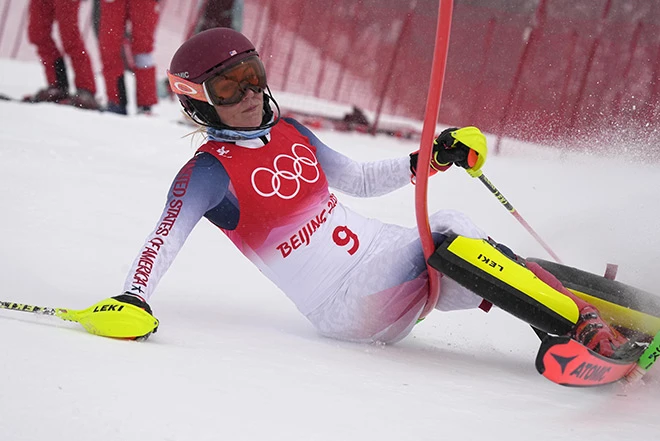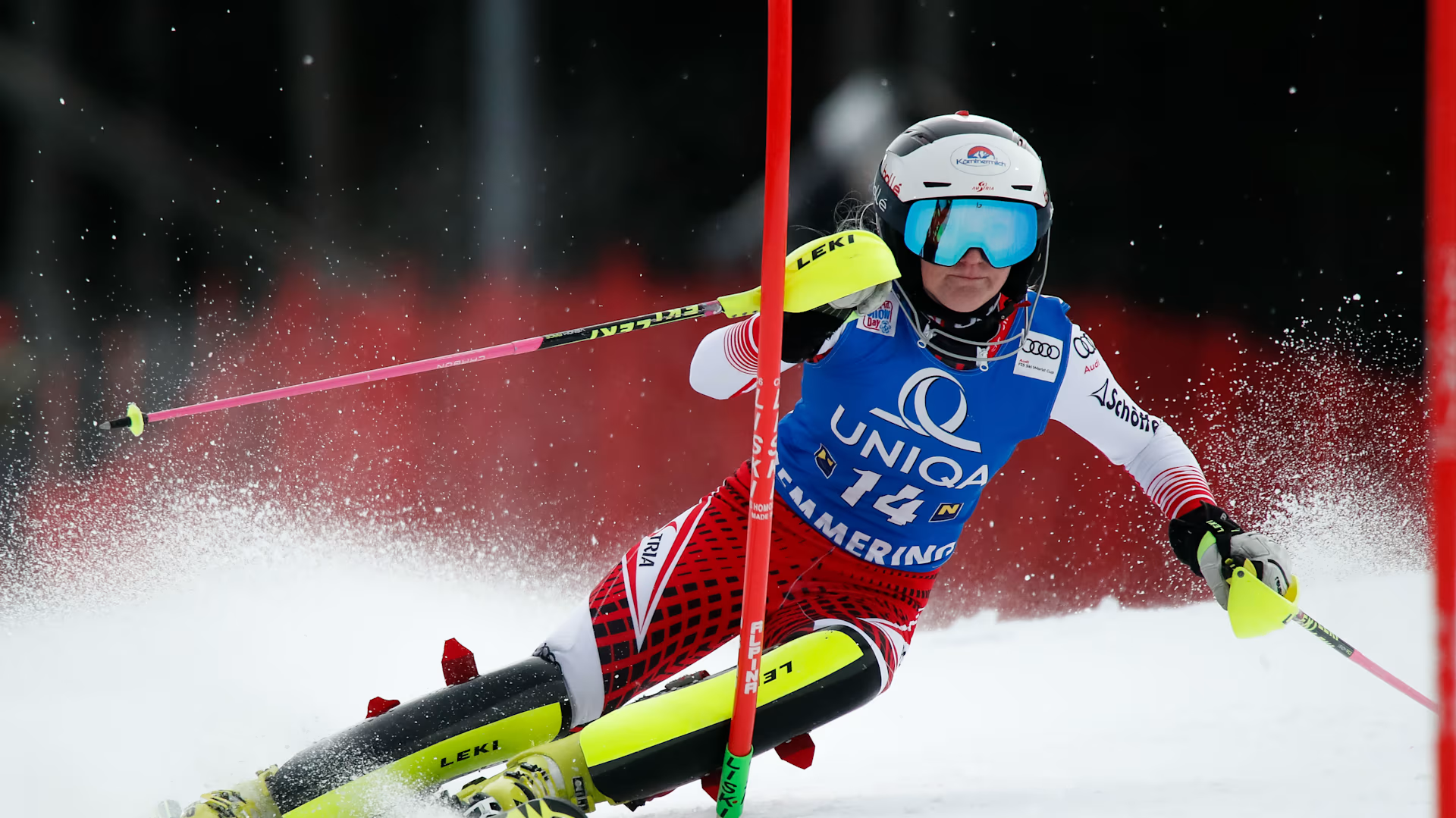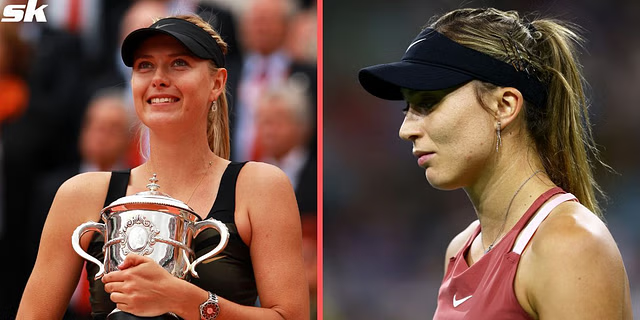🎿 Introduction: Speed. Skill. Snow.
As the world inches closer to the 2026 Winter Olympics in Milano-Cortina, there’s one sport that continues to electrify both seasoned fans and newcomers alike—Alpine skiing. It’s thrilling. It’s dangerous. It’s beautiful. It’s everything you want in a high-stakes winter sport.
But Alpine skiing is more than just hurtling down a mountain. It’s a cocktail of physics, fearlessness, and finesse. Whether you’re a lifelong fan or just discovering this icy adrenaline rush, here’s your ultimate guide to what to know about Alpine skiing before the 2026 Olympics.
🏔️ What Exactly Is Alpine Skiing?
Alpine skiing, also called downhill skiing, is a winter sport where athletes race down snow-covered hills at incredible speeds, maneuvering through gates with precision. Unlike cross-country skiing, Alpine is all about the descent, not endurance over long flat terrain.
The sport has five main disciplines:
- Downhill – Pure speed. The longest course with the fewest turns.
- Super-G – Combines speed and technical skill with more turns than Downhill.
- Giant Slalom – A tighter, more technical course with wide-set gates.
- Slalom – The most technical race, with quick, sharp turns through tightly spaced gates.
- Alpine Combined – A mix of one speed race (Downhill or Super-G) and one Slalom race.
Each event tests a different blend of agility, courage, and control—offering a smorgasbord of skiing excellence.
🇮🇹 Why 2026 Is Special: The Return of Italy
Italy’s hosting of the 2026 Winter Olympics marks a return to one of Alpine skiing’s spiritual homes. The mountains of the Dolomites are revered not only for their postcard-worthy beauty but for the legendary slopes that have challenged the world’s best.
Milano-Cortina will host events at iconic venues like Cortina d’Ampezzo, which last held the Winter Olympics in 1956. Expect classic alpine energy, packed stadiums, and a deep local appreciation for skiing tradition.
🧊 The Speed Factor: It’s Not Just Fast—It’s Insanely Fast
Let’s put this in perspective: in Downhill races, athletes can hit speeds of 140 km/h (87 mph)—on narrow skis, with minimal padding, flying down icy terrain where one mistake could cost them a medal—or worse.
There are no brakes, no do-overs, and absolutely no room for hesitation.

And that’s part of what makes Alpine skiing so electrifying. Viewers hold their breath as racers launch off jumps, carve through curves, and flirt with the edge of disaster—all in pursuit of Olympic gold.
🧑🎓 Understanding the Gear
To the untrained eye, Alpine skiing may seem all about technique. But without the right gear, no skier can thrive.
- Skis: Different lengths and widths for each discipline. Downhill skis are longer and less turn-friendly for maximum speed.
- Boots: Rigid, unforgiving, and locked into the skis for direct control.
- Helmets & Suits: Aerodynamic design helps reduce drag. Every millisecond counts.
- Goggles: Essential for visibility at high speeds, especially with snow glare.
By 2026, expect to see innovations in ski material, boot design, and performance-tracking tech that could reshape how athletes push their limits.
🥇 Who to Watch in 2026
The next Olympics promises some compelling rivalries and breakout stars. While national teams will soon finalize their rosters, a few names are already commanding attention:
🌟 Mikaela Shiffrin (USA)
Possibly the most versatile skier of her generation. With golds in Slalom and Giant Slalom, she’ll look to solidify her legacy in 2026.
🇨🇭 Marco Odermatt (Switzerland)
Known for his mastery in Giant Slalom and Super-G, Odermatt is the current titan of the men’s circuit.
🇦🇹 Katharina Liensberger (Austria)
A Slalom specialist, Liensberger could peak just in time for Italy 2026, continuing Austria’s dominance in the sport.
🇫🇷 Alexis Pinturault (France)
Veteran presence with a reputation for consistency. If he’s on form, he’s dangerous in the Combined event.
These skiers are not just athletes—they are engineers of momentum, crafting high-speed poetry on ice.
🤯 Little-Known Facts That’ll Blow Your Ski Cap Off
- Skiing has been in the Winter Olympics since 1936.
- The margin of victory is often less than a blink. In Alpine events, hundredths of a second separate podium spots.
- The oldest Olympic Alpine skiing gold medalist is Mario Matt of Austria, who won at age 34.
- The youngest? Michela Figini of Switzerland, who won Downhill at just 17.
So yes, it’s not always about youth or experience—it’s about the perfect run on the perfect day.
❄️ Alpine Skiing and Climate: A Race Against Time
The 2026 Winter Games are arriving at a time when climate change is making snow conditions less predictable. Warmer winters, melting glaciers, and unseasonable rains are affecting even elite training grounds.
Alpine skiing may soon rely even more on artificial snow and innovative slope management, putting environmental sustainability at the forefront of Olympic planning. The challenge for future hosts? Preserving the sport’s integrity while adapting to a changing planet.
📺 Why It’s Perfect for TV (and Social Media)
Few sports are as TV-ready as Alpine skiing:
- Ultra-slow-motion replays.
- Multiple camera angles—drones, bodycams, on-course cams.
- Real-time speedometers, jump lengths, and live tracking.
For Gen Z and TikTok-era fans, Alpine skiing is a goldmine of viral clips: spectacular wipeouts, mind-bending turns, and victory dances with ski poles raised to the sky.
Expect Alpine skiing to trend globally during the 2026 Olympics.
🌐 Cultural Impact: More Than Just Medals
Alpine skiing represents more than competition—it’s about national pride, personal sacrifice, and mountain culture. In countries like Austria, Switzerland, and Norway, skiing isn’t a sport—it’s a way of life.
Winning gold can make you a national hero overnight. And for smaller nations breaking through—like Slovenia or Croatia—it’s a statement of identity on the global stage.
🛷 The Future of Alpine Skiing Post-2026
While the 2026 Olympics promise high drama, the sport’s future will hinge on several factors:
- Inclusivity: Can more countries access training and funding to compete at the top level?
- Technology: Will ski engineering or AI training simulations revolutionize performance?
- Sustainability: Can ski resorts balance tourism with climate responsibility?
Alpine skiing isn’t going anywhere. But how it looks—and who gets to excel—may evolve rapidly in the decade after Milano-Cortina.

❤️ Final Thoughts: Why We Love It
Alpine skiing at the Olympics embodies everything we adore about sport:
- The bravery to attempt the impossible.
- The pursuit of perfection on snow.
- The drama of victory measured in tenths of a second.
As the 2026 Winter Olympics approach, one thing is certain: the Alpine slopes of Italy will not disappoint. Legends will rise. Records will fall. And the world will once again fall in love with the dance between gravity and grace.
So, whether you’re watching from a chalet, a crowded bar, or your living room, don’t miss Alpine skiing’s breathtaking return to the Olympic spotlight.


